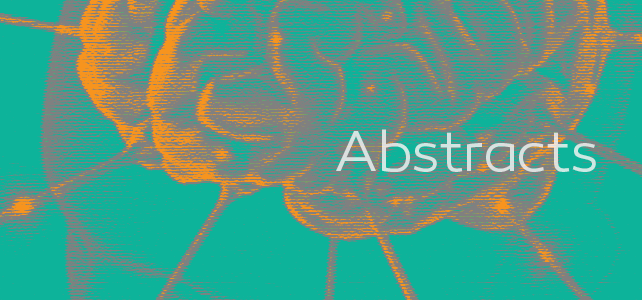Long-Term Follow-Up of Anterior Pituitary Deficiency after Aneurysmal Subarachnoid Hemorrhage: Prospective Cohort
Gerival Vieira Jr MD *,†,,Lucas Alverne Freitas de Albuquerque MD *Ariane Bernardes Camilo Castilho de Avellar MD *Julio Leonardo Barbosa Pereira MD *Marcos Dellaretti PhD *,‡Paulo Augusto Carvalho Miranda PhD §Rodrigo Alvares Paiva Macedo MD ‡Laura Amaral Quintino da Silva MD ‡Sebastião Nataniel Silva Gusmão PhD †
*Department of Neurosurgery, Santa Casa Hospital, Belo Horizonte, Minas Gerais, Brazil
†Faculty of Medicine, Department of Neurosurgery, Federal University of Minas Gerais-UFMG, Belo Horizonte, Minas Gerais, Brazil
‡Faculty of Medical Sciences of Minas Gerais-FCMMG, Belo Horizonte, Minas Gerais, Brazil
§Department of Endocrinology, Santa Casa Hospital, Belo Horizonte, Minas Gerais, Brazil
Received 5 March 2016. Accepted 7 June 2016. Available online 11 July 2016.
Journal of Stroke and Cerebrovascular Diseases
Available online 11 July 2016, doi:10.1016/j.jstrokecerebrovasdis.2016.06.011
Objective
The aim of this study was to evaluate the prevalence of hypopituitarism in the acute stage after aneurysmal subarachnoid hemorrhage (SAH) as well at the chronic stage, at least 1 year after bleeding, to assess its implications and correlation with clinical features of the studied population.
Patients and Methods
This was a prospective cohort study that evaluated patients admitted between December 2009 and May 2011 with a diagnosis of SAH secondary to cerebral aneurysm rupture. Clinical and endocrine assessment was performed during the acute stage after hospital admission and before treatment at a mean of 7.5 days (SD?±?3.8) following SAH, and also at the follow-up visit at a mean of 25.5 months (range: 12-55 months) after the bleeding.
Results
Out of the 119 patients initially assessed, 92 were enrolled for acute stage, 82 underwent hormonal levels analysis, and 68 (82.9%) were followed up in both acute and chronic phases. The mean age and median age were lower among patients with dysfunction in the acute phase compared to those without dysfunction (P?<?.05). The prevalence of dysfunction in the acute phase was higher among patients with hydrocephalus on admission computed tomography (57.9%) than among those without it (P?<?.05). At chronic phase, there was an association between dysfunction and Hunt & Hess scale score greater than 2 (P?<?.05).
Conclusions
We believe that there is not enough literature evidence to incorporate routine endocrinological evaluation for patient victims of SAH, but we should always keep this differential diagnosis in mind when conducting long-term assessments of this population.
Key Words
Subarachnoid hemorrhageintracranial aneurysmspituitary anterior lobehypopituitarism
Read more: http://www.sciencedirect.com/science/article/pii/S105230571630129X

